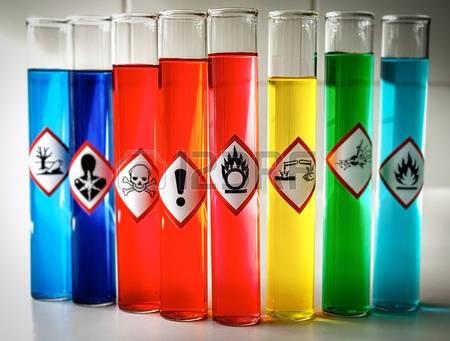
Mathieu Orfila, in 1814, published the first scientific treatise on the detection of poisons and their effects on animals. Also known as the father of forensic toxicology.
The major developments of the field of Forensic Science

Mathieu Orfila, in 1814, published the first scientific treatise on the detection of poisons and their effects on animals. Also known as the father of forensic toxicology.
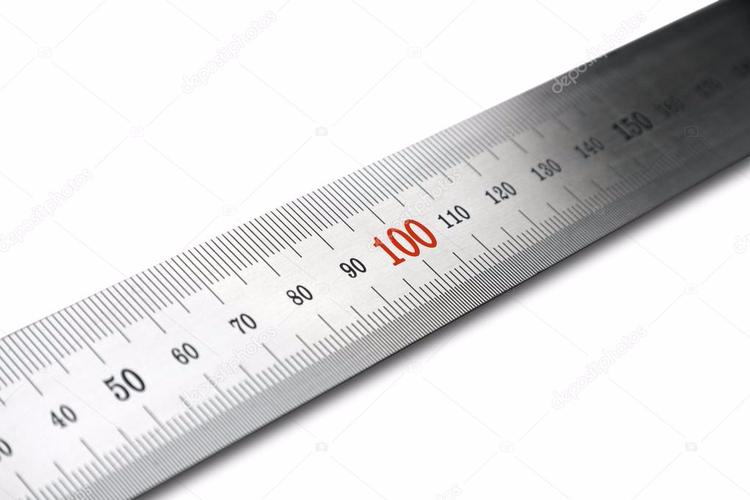
Alphonse Bertillon developed anthropometry, a system of procedures involving body measurements, to differentiate individuals in 1879.
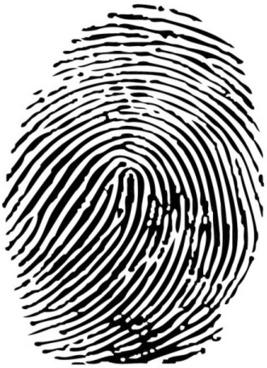
Francis Galton published Finger Prints in 1892. It contains the first statistical proof of the uniqueness of fingerprint identification.
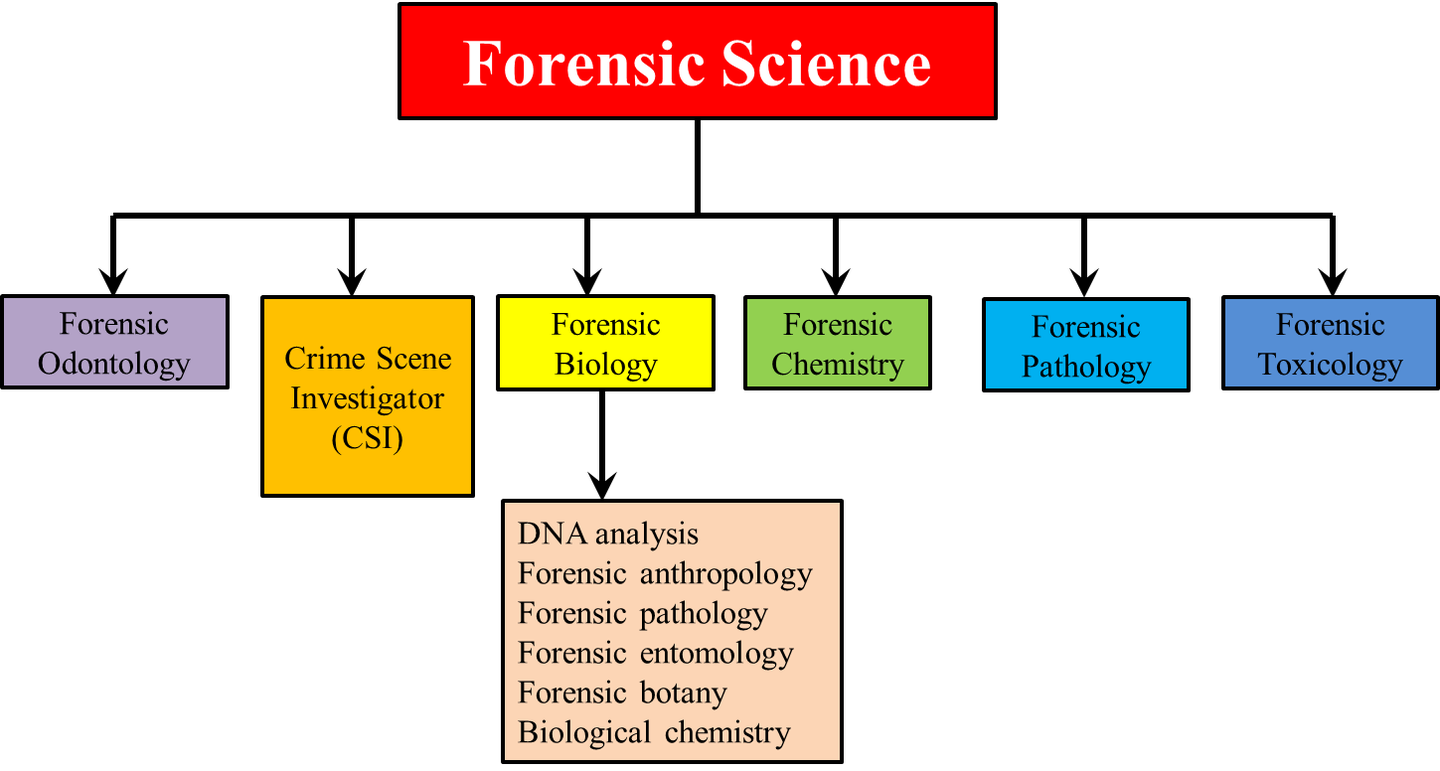
Hans Gross wrote the classic, Handbuch für Untersuchungsrichter als System der Kriminalistik (Criminal Investigation) in 1893. It details the assistance that investigators could get from different scientific disciplines.
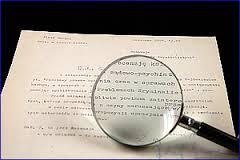
In 1910 Albert Osborn wrote Questioned Documents. It details fundamental principles of document examination as scientific evidence by the courts.
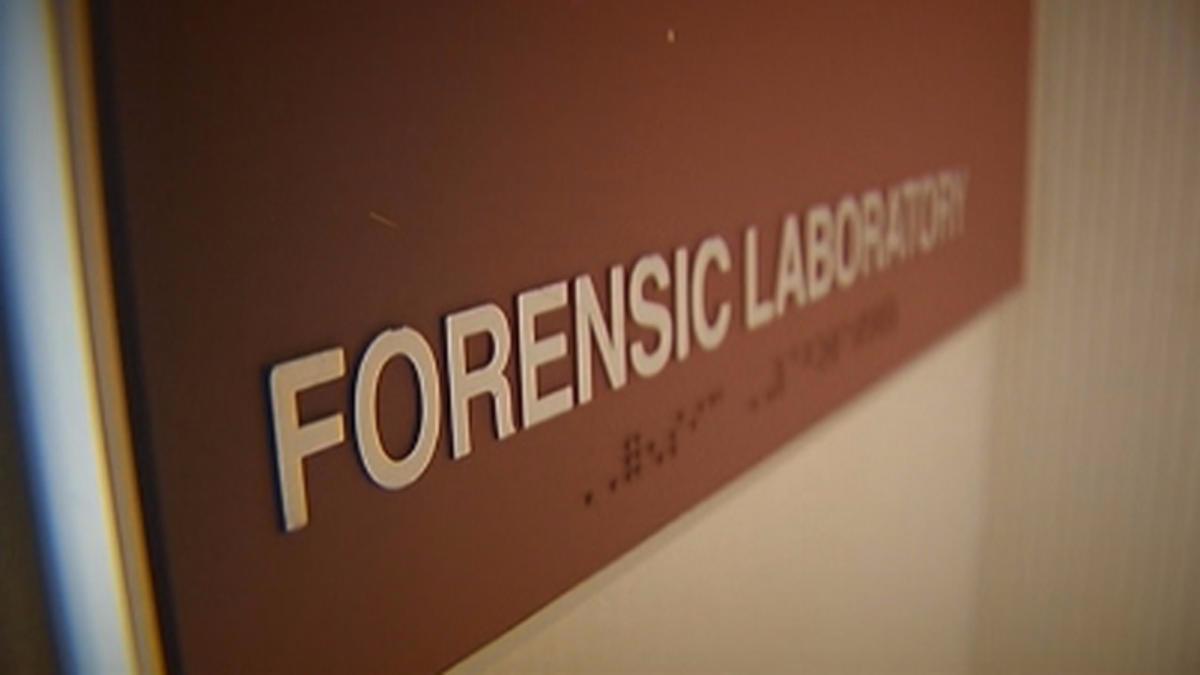
Also in 1910 Edmond Locard was given two attic rooms and two assistants to form a police laboratory. Within a few years Locard would establish an Institute of Criminalistics and become a world renowned. He also developed Locard's exchange principle (When two objects come into contact with one another, there is exchange of materials between them).
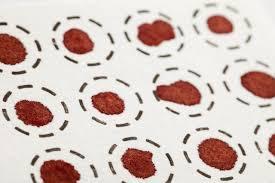
Dr. Leone Lattes developed a relatively simple procedure for determining the blood group of a dried bloodstain in 1915.
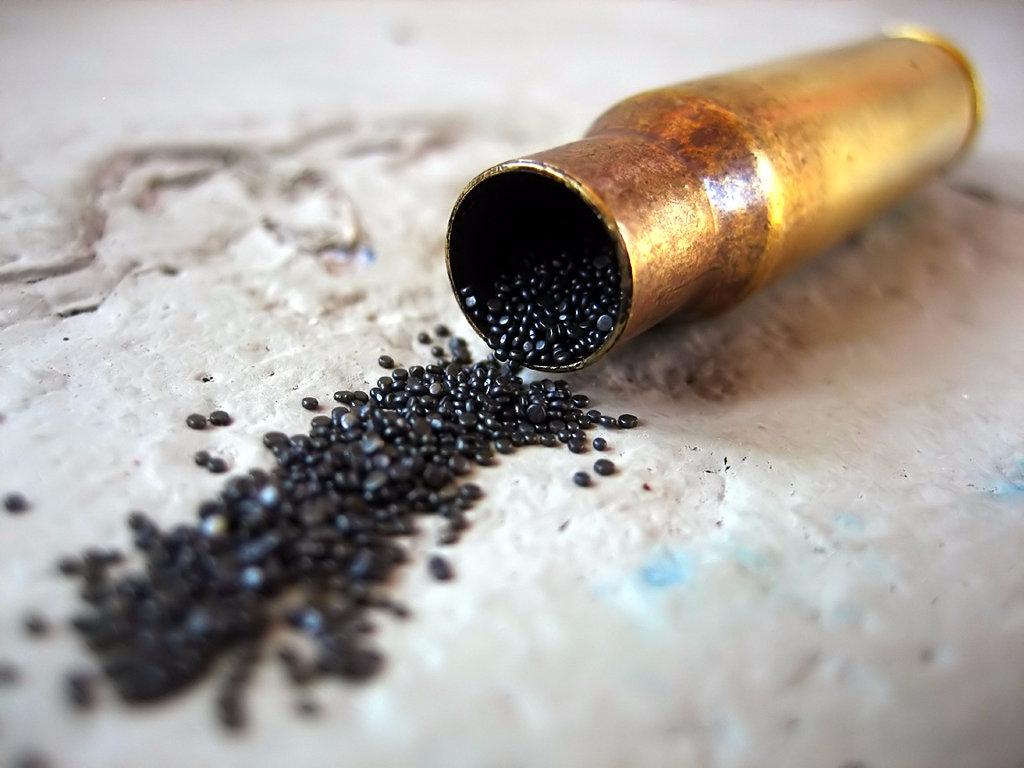
In the 1920's Colonel Calvin Goddard refined the techniques of firearms examination by using the comparison microscope. This allowed investigators to determine whether a particular gun has fired a bullet.
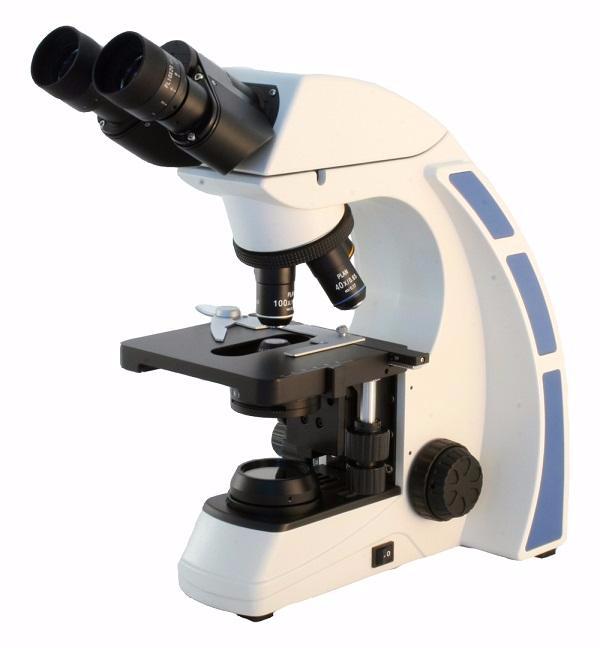
Dr. Walter McCrone used microscopy to solve analytical problems. He also worked to popularize the use of microscopy in forensic science cases around the 1950's.
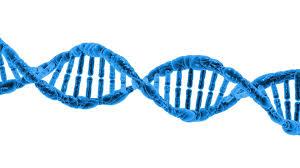
In 1984 Sir Alec Jeffreys developed the first DNA profiling test. DNA profiling has become a staple of forensic investigation.